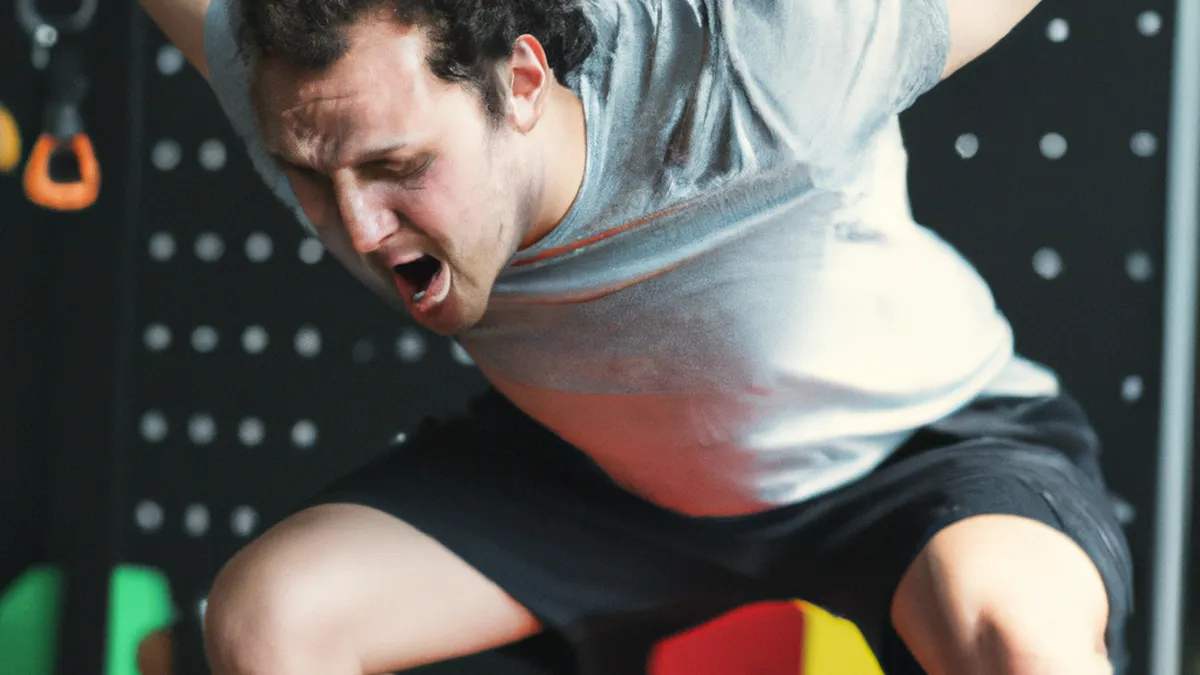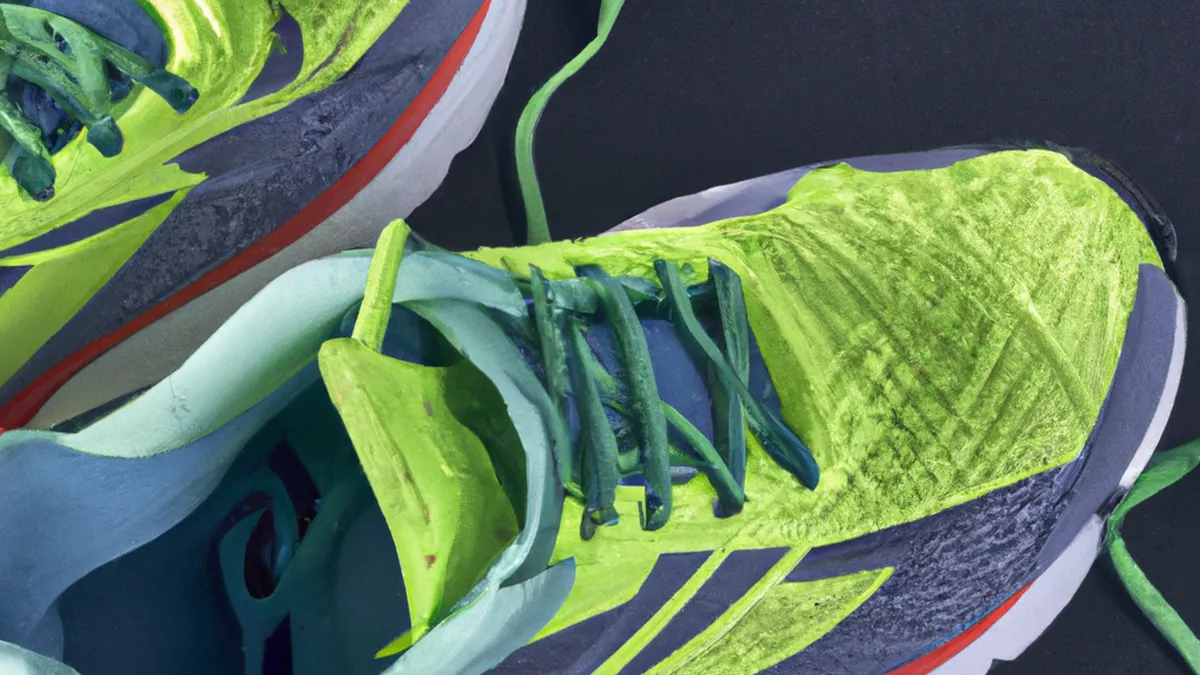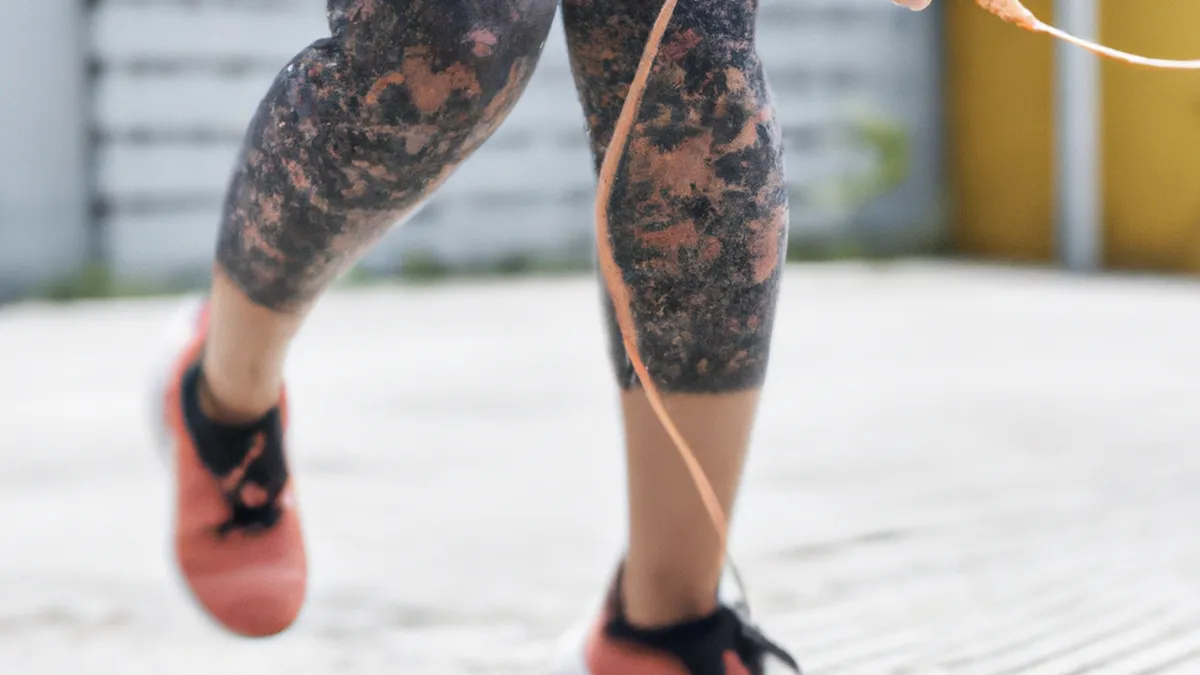Muscle-Up Mastery: Kipping Techniques (Advanced)
Proper Kipping Mechanics for Efficient Muscle-UpsMuscle-ups combine pull-ups and dips into one fluid motion. They challenge your strength, technique, and coordination. Proper kipping mechanics make muscle-ups more efficient. This blog post shares essential tips for mastering kipping mechanics.
As an Amazon Associate I earn from qualifying purchases.
Gear tip: consider adjustable dumbbells, olympic barbell, and fractional plates to support this topic.
Understanding the Kipping Motion
Kipping uses your body’s momentum to propel you upward. This technique helps you transition from the pull-up to the dip phase. Kipping generates energy, making the movement smoother and easier.
The Role of Hip Extension
Hip extension is crucial for kipping. Engage your hips as you start the pull-up. Drive your knees toward your chest to create an upward force. Extend your hips while pulling your chest to the bar. Explosive hip extension generates more momentum.
Timing Your Movement
Timing is essential in kipping. Synchronize your pull with your hip extension. As you pull up, extend your hips simultaneously. This coordination transfers energy throughout your body. Practice pulling and extending together for a fluid motion.
Tips for Proper Kipping Mechanics
Let’s explore tips to refine your kipping technique.
Engage Your Core
A strong core stabilizes your body during the kip. Engage your core muscles as you begin the pull. A tight core maintains body tension, allowing effective energy transfer from hips to arms.
Use Your Shoulders
Your shoulders play a vital role in kipping. Activate your shoulders by engaging your lats while pulling up. Keep your shoulders active throughout the movement. Avoid relaxing or “dumping” your shoulders.
Practice the Hollow Body Position
The hollow body position is essential for kipping. Lie on your back and lift your arms and legs off the ground. Keep your lower back pressed into the floor. This position helps you maintain body tension. You can practice on the bar, keeping your body tight during the kip.
Advice for Progressing to Muscle-Ups
Consider these additional tips to progress toward muscle-ups.
Build a Strong Foundation
Ensure you can perform strict pull-ups and dips before attempting muscle-ups. Aim for 10-15 strict pull-ups and dips for a solid foundation. Without strength, kipping may lead to injury or frustration.
Incorporate Conditioning Drills
Practice drills that focus on kipping mechanics. Kipping pull-ups develop your timing and coordination. Use resistance bands for assistance while building strength. Gradually reduce assistance as you improve.
Record Your Progress
Record your attempts to identify areas for improvement. Analyze your timing, hip extension, and body tension. Make adjustments based on your observations. This feedback loop accelerates your learning.
Benefits of Proper Kipping Mechanics
Mastering kipping mechanics offers numerous benefits. First, it increases efficiency, allowing you to perform more muscle-ups. Second, proper mechanics reduce injury risk by protecting your joints. Lastly, mastering kipping builds confidence in your training.
Conclusion
Proper kipping mechanics are essential for efficient muscle-ups. Engage your core and utilize your shoulders. Work on timing and maintain a strong foundation. With dedication and practice, you will master this skill. Embrace the journey, and enjoy your improvement. Happy training!
Below are related products based on this post:
FAQ
What is the purpose of kipping in muscle-ups?
Kipping uses your body’s momentum to help propel you upward during muscle-ups. This technique assists in transitioning smoothly from the pull-up phase to the dip phase, making the movement more efficient and easier to perform.
How important is hip extension in kipping mechanics?
Hip extension is crucial for generating momentum in kipping. Engaging your hips while pulling allows for explosive upward force, which enhances the effectiveness of the movement and contributes to a fluid transition.
What should I focus on to improve my kipping technique?
To improve your kipping technique, focus on engaging your core and activating your shoulders throughout the movement. Practicing the hollow body position can also help maintain body tension, which is essential for effective kipping mechanics.















Post Comment